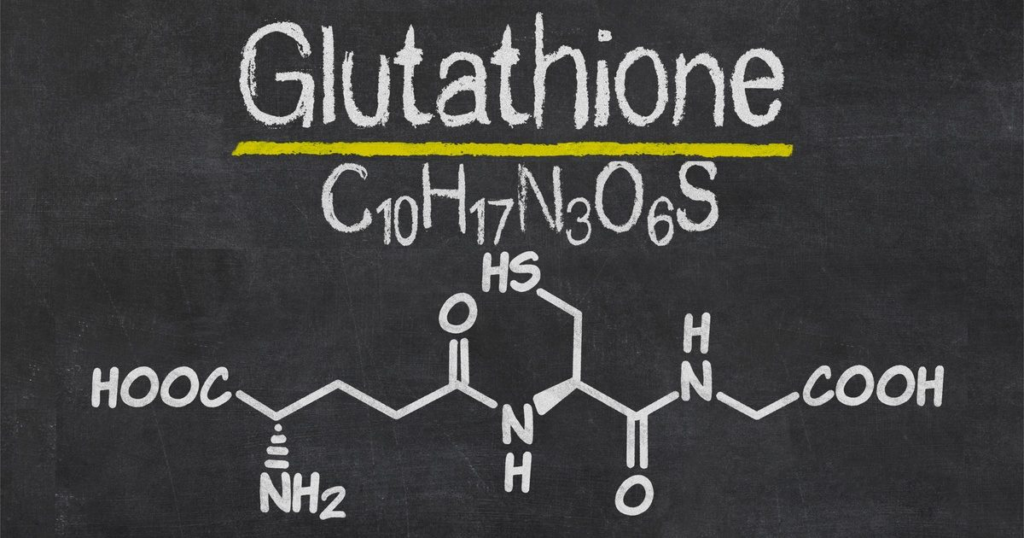Summary of: Are Kavalactones the Hepatotoxic Principle of Kava Extracts? The Pitfalls of the Glutathione Theory. By Dr. Mathias Schmidt. 2003
Citation: Schmidt, Mathias. 2003. “Are Kavalactones the Hepatotoxic Principle of Kava Extracts? The Pitfalls of the Glutathione Theory.” Journal of Alternative and Complementary Medicine . https://doi.org/10.1089/10755530360623284.

Fast Summary:
- The document discusses the potential hepatotoxicity of kavalactones found in kava extracts. It critically examines the evidence and theories surrounding the toxicity of kavalactones, including the glutathione theory, and presents various studies and experiments that have been conducted to explore this subject.
Full Summary:
Introduction
The paper by Dr. Mathias Schmidt, published in 2003, delves into the controversial subject of the potential hepatotoxicity of kavalactones found in kava extracts. The research was triggered by the ban of kava products in Germany in June 2002, which led to a worldwide discussion on the safety of kava. The introduction emphasizes that there is no clear evidence to support the hepatotoxicity of kava extracts.
Toxicologic Studies with Kava Extract and Isolated Kavalactones
Acute and Chronic Toxicity
The paper details toxicologic testing in animals, including acute toxicity, chronic toxicity, and specific tests on dihydrokavain and desmethoxyyangonin. These studies were essential in understanding the immediate and long-term effects of kavalactones on the liver.
Effects on Liver Function
The research includes studies on liver functions, such as tests for transaminases and alkaline phosphatase. The results showed no clinically relevant changes, further challenging the notion that kavalactones are hepatotoxic.
Unpublished Studies
The paper also mentions unpublished toxicologic studies on Wistar rats, testing the effects of chronic application of ethanolic kava extract. These studies add depth to the existing body of research, although they remain outside the published scientific literature.
Cytotoxicity Studies
The examination of the cytotoxicity of kava extract and isolated kavalactones on cultured human and rat hepatocytes revealed differential toxicity in rat hepatocytes but not in human hepatocytes. This finding raises questions about the applicability of animal studies to human health.
Discussion on Kavalactone Content and Safety
Kavalactone-free Preparations
The paper discusses the distinction between natural extracts and pharmaceutical extracts, emphasizing that kavalactones are considered the active constituents. This distinction is vital in understanding the potential effects of different kava preparations.
Comparison with Other Plants
The comparison of kava with other plants like Hypericum perforatum (St. John’s wort) and the discussion on the content of kavalactones in native kava drinks versus artificially enriched kava extracts provide a broader context for understanding kava’s safety.
Tables and Data
The paper includes several tables that summarize key findings:
- Table 1: Acute toxicity of kavalactones in animal experiments.
- Table 2: 6-month toxicity of an ethanolic kava extract in rats.
- Table 3: Comparison of EC50-values of cytotoxicity of kavalactones and alkaloids in primary cultured rat hepatocytes.
Notes:
Lack of Evidence for Hepatotoxicity
The document emphasizes the lack of concrete evidence to support the theory that kavalactones are hepatotoxic, a critical point that challenges prevailing assumptions.
Critique of the Glutathione Theory
The paper critically examines the glutathione theory, which suggests an influence of glutathione in aqueous preparations of kava on liver safety. This critique highlights the pitfalls and limitations of this theory.
Diverse Studies and Experiments
The document presents a wide range of studies, both published and unpublished, that have been conducted to explore the potential toxicity of kavalactones. These include in vitro and in vivo experiments, reflecting a comprehensive approach to the subject.
Complexity of Kava Extracts
The discussion on kavalactone content and the comparison between natural and pharmaceutical extracts highlight the complexity of kava extracts. This complexity presents challenges in determining their safety and efficacy, underscoring the need for nuanced and rigorous scientific investigation.
Conclusion
Dr. Mathias Schmidt’s paper is a significant contribution to the field of alternative medicine and the study of kava extracts. By critically examining the evidence and theories surrounding the toxicity of kavalactones, including the pitfalls of the glutathione theory, the research offers a balanced and insightful perspective. The paper’s emphasis on the lack of concrete evidence for hepatotoxicity and the complexity of kava extracts serves as a call for further research and a more nuanced understanding of this traditional herbal remedy.



